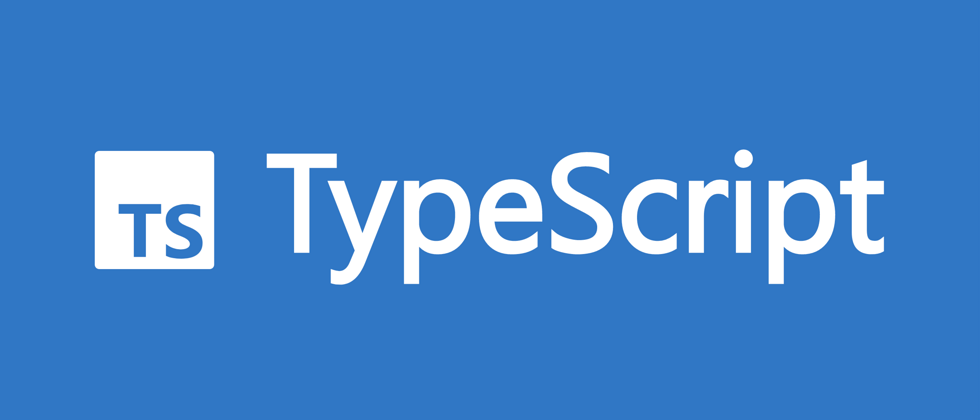前言
TypeScript 的官方文档早已更新,但我能找到的中文文档都还停留在比较老的版本。所以对其中新增以及修订较多的一些章节进行了翻译整理。
本篇整理自 TypeScript Handbook 中 「Typeof Type Operator」 章节。
本文并不严格按照原文翻译,对部分内容也做了解释补充。
typeof 类型操作符(The typeof type operator)
JavaScript 本身就有 typeof 操作符,你可以在表达式上下文中(expression context)使用:
// Prints "string"
console.log(typeof "Hello world");而 TypeScript 添加的 typeof 方法可以在类型上下文(type context)中使用,用于获取一个变量或者属性的类型。
let s = "hello";
let n: typeof s;
// let n: string如果仅仅用来判断基本的类型,自然是没什么太大用,和其他的类型操作符搭配使用才能发挥它的作用。
举个例子:比如搭配 TypeScript 内置的 ReturnTypep<T>。你传入一个函数类型,ReturnTypep<T> 会返回该函数的返回值的类型:
type Predicate = (x: unknown) => boolean;
type K = ReturnType<Predicate>;
/// type K = boolean如果我们直接对一个函数名使用 ReturnType ,我们会看到这样一个报错:
function f() {
return { x: 10, y: 3 };
}
type P = ReturnType<f>;
// 'f' refers to a value, but is being used as a type here. Did you mean 'typeof f'?这是因为值(values)和类型(types)并不是一种东西。为了获取值 f 也就是函数 f 的类型,我们就需要使用 typeof:
function f() {
return { x: 10, y: 3 };
}
type P = ReturnType<typeof f>;
// type P = {
// x: number;
// y: number;
// }限制(Limitations)
TypeScript 有意的限制了可以使用 typeof 的表达式的种类。
在 TypeScript 中,只有对标识符(比如变量名)或者他们的属性使用 typeof 才是合法的。这可能会导致一些令人迷惑的问题:
// Meant to use = ReturnType<typeof msgbox>
let shouldContinue: typeof msgbox("Are you sure you want to continue?");
// ',' expected.我们本意是想获取 msgbox("Are you sure you want to continue?") 的返回值的类型,所以直接使用了 typeof msgbox("Are you sure you want to continue?"),看似能正常执行,但实际并不会,这是因为 typeof 只能对标识符和属性使用。而正确的写法应该是:
ReturnType<typeof msgbox>(注:原文到这里就结束了)
对对象使用 typeof
我们可以对一个对象使用 typeof:
const person = { name: "kevin", age: "18" }
type Kevin = typeof person;
// type Kevin = {
// name: string;
// age: string;
// }对函数使用 typeof
我们也可以对一个函数使用 typeof:
function identity<Type>(arg: Type): Type {
return arg;
}
type result = typeof identity;
// type result = <Type>(arg: Type) => Type对 enum 使用 typeof
在 TypeScript 中,enum 是一种新的数据类型,但在具体运行的时候,它会被编译成对象。
enum UserResponse {
No = 0,
Yes = 1,
}对应编译的 JavaScript 代码为:
var UserResponse;
(function (UserResponse) {
UserResponse[UserResponse["No"] = 0] = "No";
UserResponse[UserResponse["Yes"] = 1] = "Yes";
})(UserResponse || (UserResponse = {}));如果我们打印一下 UserResponse:
console.log(UserResponse);
// [LOG]: {
// "0": "No",
// "1": "Yes",
// "No": 0,
// "Yes": 1
// } 而如果我们对 UserResponse 使用 typeof:
type result = typeof UserResponse;
// ok
const a: result = {
"No": 2,
"Yes": 3
}
result 类型类似于:
// {
// "No": number,
// "YES": number
// }不过对一个 enum 类型只使用 typeof 一般没什么用,通常还会搭配 keyof 操作符用于获取属性名的联合字符串:
type result = keyof typeof UserResponse;
// type result = "No" | "Yes"TypeScript 系列
TypeScript 系列文章由官方文档翻译、重难点解析、实战技巧三个部分组成,涵盖入门、进阶、实战,旨在为你提供一个系统学习 TS 的教程,全系列预计 40 篇左右。点此浏览全系列文章,并建议顺便收藏站点。
微信:「mqyqingfeng」,加我进冴羽唯一的读者群。
如果有错误或者不严谨的地方,请务必给予指正,十分感谢。如果喜欢或者有所启发,欢迎 star,对作者也是一种鼓励。

**粗体** _斜体_ [链接](http://example.com) `代码` - 列表 > 引用。你还可以使用@来通知其他用户。